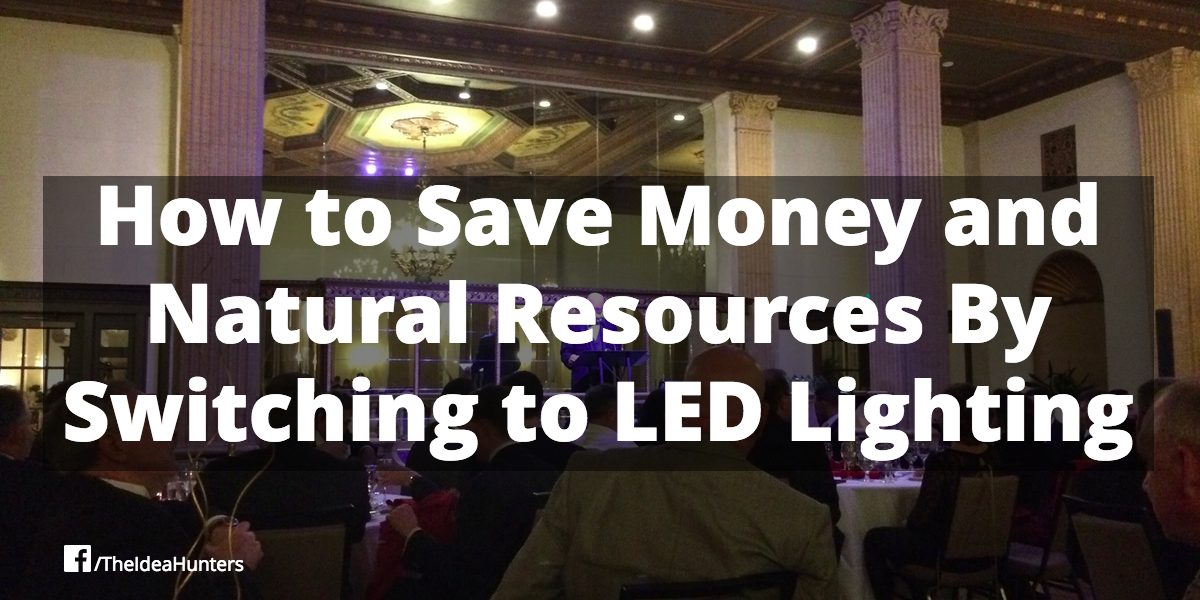
As a full-time commercial property advisor with Red Door Realty NY, I make it a priority in my business to learn everything I can to help business owners achieve their goals, whether it’s in a commercial real estate matter or something else that affects profitability.
An effective way more business owners can reduce their monthly utility costs is by making the switch to LED lighting.
What is LED Lighting?
LEDs (aka light–emitting diodes) are semiconductor devices producing visible light when an electrical current passes through them.
LEDs are a type of Solid State Lighting (SSL), as are organic light–emitting diodes (OLEDs) and light–emitting polymers (LEPs).
How does LED lighting differ from incandescent and CFL?
LED lighting can run more efficiently while being more durable, versatile, and longer lasting than incandescent and compact fluorescent lighting (CFL).
A big jump in the efficiency for LED over other types is the fact that LED lighting products use light emitting diodes that produce light very efficiently.
When a switch is flipped, electrical current passes through semiconductor material, illuminating the tiny light sources called LEDs.
Any heat produced is simply absorbed into a built-in “heat sink”.
What are the most common LED lighting colors?
According to ENERGY STAR, the most common LED colors are amber, red, green, and blue.
It is also interesting to note that there is no “white” LED.
To generate white light, which is commonly used for both residential and commercial lighting, different color LEDs are mixed or covered with a phosphor material that converts the light into a specific color.
We are now seeing LED bulbs and fixtures for general lighting applications, since LEDs are small and provide many unique design opportunities.
There are LED bulbs that look no different than the typical standard incandescent light bulbs, but can better match the performance of the traditional early predecessors.
One more interesting fact about LED lighting you might not already know…
LEDs can only emit light in a specific direction.
This is different from old school incandescent and compact fluorescent bulbs, which emit light and heat in all directions. Not very efficient, right?
That’s why LED lighting uses light and energy more efficiently in more applications, which saves both money and energy required, easing the burden on the Earth’s natural resources.
That’s because incandescent bulbs produce light using electricity to heat a metal filament that turns “white” hot (aka incandesces).
In turn, these “soon to be dinosaurs of the lighting world” incandescent bulbs release 90% of their energy as heat and not useful light.
Waste much?
Conclusion
The choice is obvious when it comes to choosing how you light your home and business. It’s LED all the way, and the best place to purchase all your LED lighting solutions is at The Home Depot.
Also, would you be open to seeing how you might save even more by locking in a fixed rate on your energy bill?
Check out my ACN online Webstore offering great deals on the essential services you and your business simply cannot live without.
About James K. Kim
I am a former archery technician turned freelance digital marketer. I help people build profitable businesses online.
You can learn more about how to build a profitable online business at JamesKKimMarketing.com.
In my free time I enjoy the ancient sport of archery, sport crossbow target shooting, deep sea fishing, day hiking, recreational kayaking, high intensity weight training, ice hockey, and outdoor cooking.
Let's connect on social media:
Facebook • Twitter • Linkedin • Youtube • Pinterest • Instagram •







